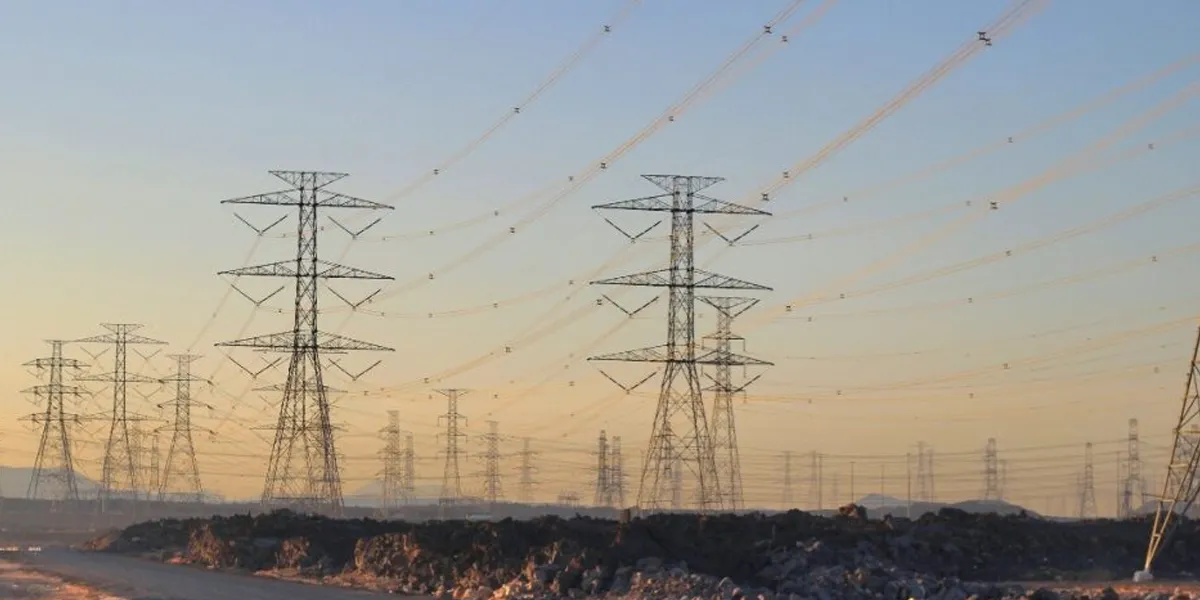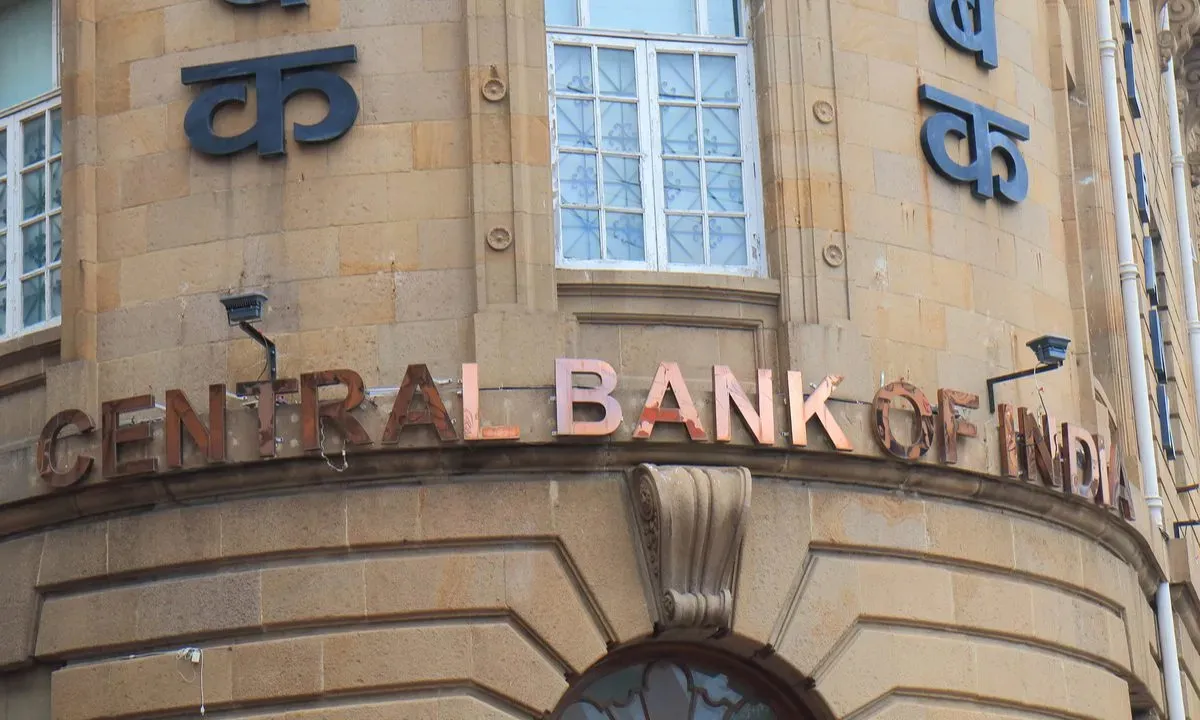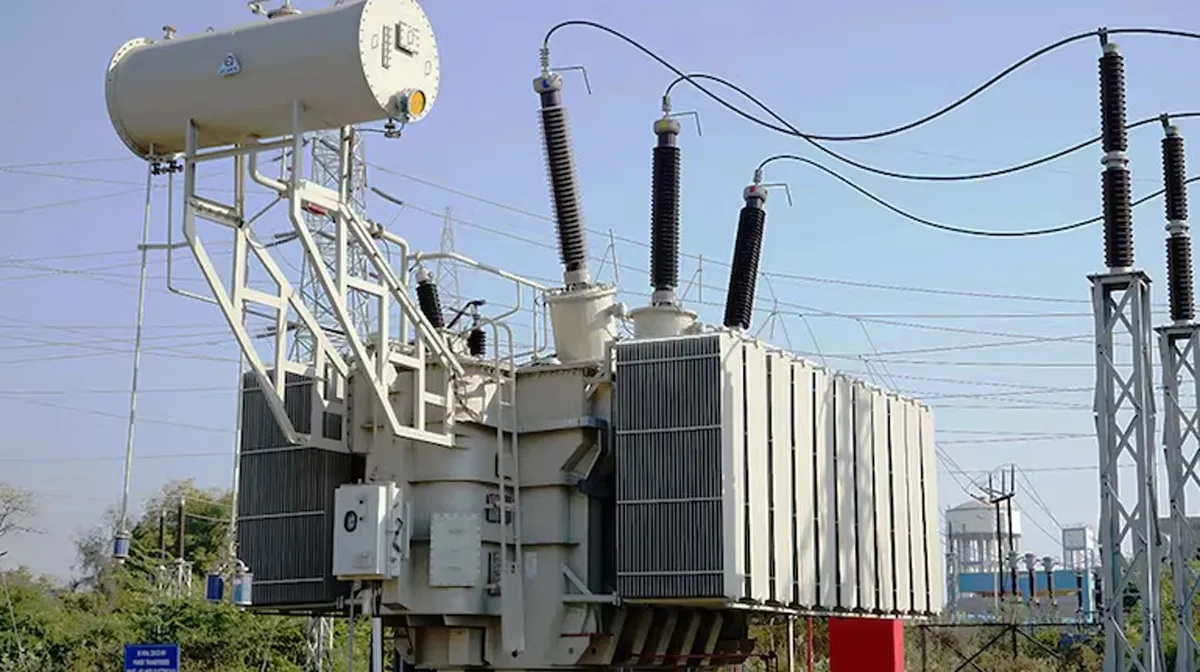CW Top Challengers 2018-19

Capacit'e Infraprojects (CIL) embarked on its journey in 2012 and has emerged as one of the most attractive representatives of India’s super high-rise and high-rise building construction segments. In a short span, the company has earned the distinction of being a preferred name in the construction of high-rise and super high-rise buildings, townships, commercial and IT/ ITES, institutional and retail across India. Rohit Katyal, Executive Director and CFO, Capacit'e Infraprojects, shares more….
Name one major challenge faced in FY2018-19. How did the company approach the same?
We grew despite the weakening business cycle, which was a validation of how we had selected to grow the business since inception. During the first half of FY2018-19, the company reported a 34 per cent growth in revenues and 21 per cent increase in profit-after-tax over the corresponding period of the previous year. The second half proved more challenging following the collapse of a large Indian non-banking finance company, which slowed credit disbursal, enhanced systemic caution, moderated credit for the construction and real-estate sectors and resulted in a virtual liquidity paralysis within the Indian economy.
During this phase, when it would have been reasonable to break even, the company continued to report growth: Revenues grew 34 per cent and profit-after-tax strengthened 21 per cent compared to the corresponding period. Of the profit generated during the entire year, 52 per cent was generated in the second half; besides, 50 per cent of the order book accretion during the year under review transpired in the second half, an index of the company’s focus on business sustainability.
At Capacit’e, we continued to strengthen our business during this challenging phase with a distinct focus on controls, checks and balances. We always believed that enduring competitiveness is generated from the ability to estimate costs accurately and eliminate process waste.
What is one decision you consider the biggest contributor to the company’s growth in FY2018-19?
In FY 2018-19, we kept our focus on acquiring challenging projects that would test our capabilities and competence. We have done that with encouraging results, thanks to our intellectual capital and strong work ethics. We also laid emphasis on diversifying our portfolio and have been successful in acquiring projects like retail malls, healthcare facilities and IT parks. In India, the public sector will be a major driver for building construction sector in years to come and we have already equipped ourselves to cater to this market.
Name one single factor that you avoided, which could have otherwise impacted the company’s topline and bottomline.
As a philosophy, we will not take any projects below our internal margin benchmarks. Every project has the right price and sometimes the cutthroat competition undermines this fact. This can be detrimental to the client, to the project and ultimately to the contractor in the long run. As a conscious effort, we have and will stay away from such a price and would keep our focus on providing efficient construction services to any quality-conscious client who would understand the concept of ‘Right Price’.
Going forward, what are your plans for the company’s growth in FY2019-20?
In India, with the prospects of spatial expansion being limited, the only way that existing metro cities can grow is through progressive verticalisation. And this global trend of verticalisation will play out in India in a bigger way, strengthening the relevance of Capacit'e’s business model, focus and competence.
To add to this reality, the quantum of urban residential shortage in India is estimated at 18.78 million and only expected to increase. There is a healthy growth concurrently coming out of the non-residential structure. It took India 60 years to emerge as a $1 trillion economy, and the country is now expected to emerge as a $5 trillion economy by 2025. With this, we believe that a number of adjacent business opportunities—commercial, retail, logistics and IT sectors—will emerge. This development will make it possible for a specialised player like Capacit'e Infraprojects to enter new segments by leveraging its demonstrated competence.
Read on the CW Top Challengers selection criteria and methodology at https://www.constructionworld.in/articles/beststories/CW-identifies-the-Top-Challengers-of-FY2019/21687



















